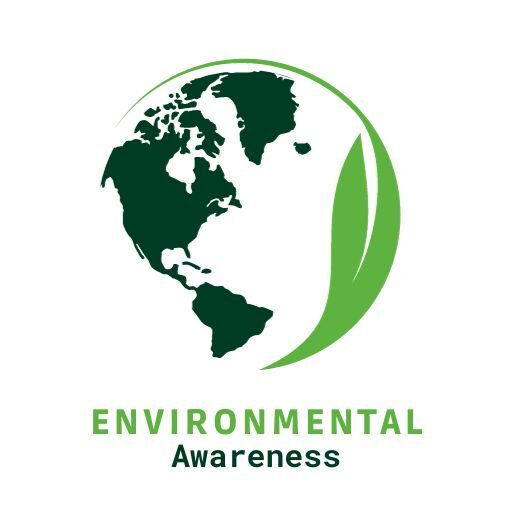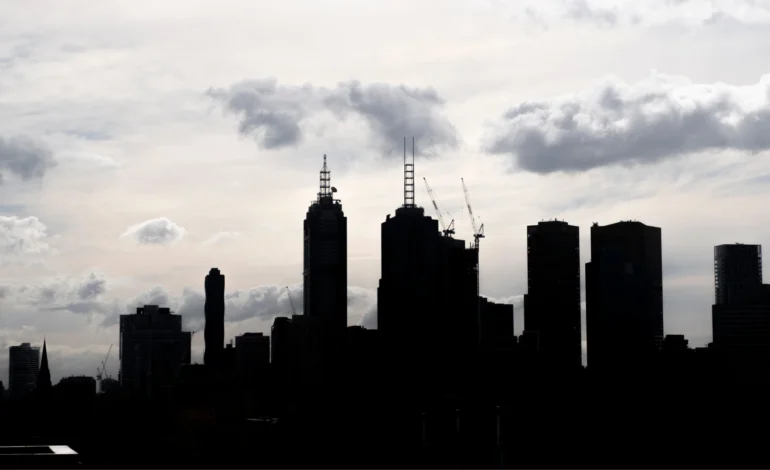
Conservation Photography: Capturing the Beauty and Fragility of Nature
Conservation photography emerges as a heartbreaking reminder of the magnificent beauty and delicate essence of our natural world in a world where the noise of contemporary life sometimes seems to overpower nature’s magnificence. Conservation photographers work hard to preserve and safeguard the planet’s ecosystems with every click of the camera shutter, in addition to producing visually spectacular photos. We examine the goal, methods, and significance of conservation photography in this blog post, delving into this fascinating field.
The Essence of Conservation Photography
Through the powerful union of activism and artistry, conservation photography tells stories through images of environmental suffering, resiliency, and the need for conservation. It goes beyond simple documentation. Through the use of emotionally charged imagery, conservation photographers hope to elicit strong feelings, inspire action, and create enduring connections between viewers and the natural world.
They urge viewers to address these issues with empathy and urgency by articulating narratives about ecological challenges and the ongoing fight for preservation via their lens. Essentially, conservation photography calls us to become stewards of our world’s fragile beauty and protectors of its future by telling the intricate stories of our globe via images.
The Role of Photography in Wildlife Conservation
- Documentation of Wildlife: By collecting images of wildlife behavior, habitats, and interactions with the environment, photography is essential to recording the diversity of wildlife species. To study and comprehend ecosystems, scientists, environmentalists, and legislators can use these photos as invaluable records.
- Raising Awareness: Photography educates the public about the value of wildlife protection by producing striking photos. Photographers foster empathy and encourage others to take action to safeguard endangered species and their habitats by highlighting their beauty and vulnerability.
- Education and Outreach: Bringing the marvels of nature to a global audience, wildlife photography is a potent teaching tool. Photographers engage and educate the public about conservation challenges and the value of biodiversity through exhibitions, books, movies, and online platforms.
- Advocacy and Policy Influence: You can utilize photos to push for laws and policies that are more stringent on conservation. Photographers affect public opinion and legislators by drawing attention to problems with ecosystems and wildlife, which motivates efforts to save endangered species and maintain natural habitats.
- Cash and Support: Conservation projects can receive cash and support from the public thanks to excellent wildlife photography. Magnificent pictures of endearing animals bring attention to conservation groups and projects, promoting donations and collaborations to fund essential conservation work.
- Empowerment of Local Communities: By highlighting the benefits of wildlife tourism and sustainable conservation techniques, wildlife photography can enhance local communities. Photographers support the local economy and encourage a sense of pride and stewardship in the community by supporting ecotourism efforts.
- Research and Monitoring: Photographs offer important information for tracking changes in the behavior and distribution of wildlife over time, as well as for monitoring populations of animals. Photographers support ongoing scientific investigations and conservation initiatives by working with scientists and researchers.
- Celebrating Successes: Stories of species recovery, habitat restoration, and community-led conservation activities are highlighted in wildlife photography, which honors conservation achievements. These pictures give us hope and show how conservation initiatives benefit ecosystems and biodiversity.
Capturing Beauty in the Wild
The capacity of conservation photography to highlight the breathtaking beauty of the natural environment is one of its distinguishing characteristics. Every photo is a window into the wonders of our planet, from the grandiose scenes of towering mountains to the minute intricacies of a delicate flower petal. Photographers capture moments of grandeur, tranquility, and exquisite simplicity with their lenses, allowing spectators to marvel at the wonders of life on Earth.
Techniques and Challenges
Photographing conservation subjects frequently poses special logistical and technical difficulties. Photographers could have to cross difficult terrain on foot, deal with inclement weather, or wait for hours on end to get the ideal photo. In addition, they have to follow ethical standards that put the welfare of the subjects they picture first in order to reduce their impact on fragile ecosystems and wildlife habitats.
Technique-wise, conservation photographers use a range of methods to capture the spirit of their subjects. While macro photography enables the close portraiture of minuscule organisms and the capture of subtle natural patterns, wide-angle images may be employed to capture expansive landscapes. Sophisticated methods like long-exposure photography can produce captivating pictures of cascading waterfalls or starry night skies, enhancing the story’s feeling of drama and mystery.
Documenting Environmental Challenges
Conservation photography does more than only highlight the beauty of nature—it also highlights the urgent environmental issues that our world is currently experiencing. Photographers document human impacts on ecosystems and wildlife populations through their work, covering topics such as pollution, climate change, deforestation, and habitat loss. They promote sustainable alternatives and draw attention to the necessity of conservation efforts through striking contrasts and visual storytelling.
Empowering Conservation Efforts
The capability of conservation photography to mobilize people and strengthen conservation initiatives is among its greatest accomplishments. Captivating visuals have the ability to inspire people, communities, and policymakers to take significant actions toward environmental stewardship by increasing awareness and developing empathy. Conservation photographers spread their message through exhibitions, publications, and social media platforms, provoking discussions and bringing about change.
Conservation Success Stories
Even though there are many problems on our earth, conservation photography also highlights tales of resiliency, healing, and hope. Photographers document moments of success and tenacity, from the rewilding of degraded landscapes to the comeback of endangered species, serving as a constant reminder of nature’s amazing power for regeneration. These success stories are inspirational because they show the real results of conservation efforts and the value of group effort.
Conclusion: Preserving the Legacy of Nature
A potent instrument for activism, teaching, and inspiration in a society facing environmental issues is conservation photography. Photographers invite us to see the wonders and face the problems of our natural world by capturing its beauty and fragility via their lens. It is our duty as stewards of the planet to save and maintain this legacy for the coming generations. We can set out on a journey of self-discovery, empathy, and group action through the artistic and advocacy aspects of conservation photography, guaranteeing that the beauty of nature persists for future generations.





